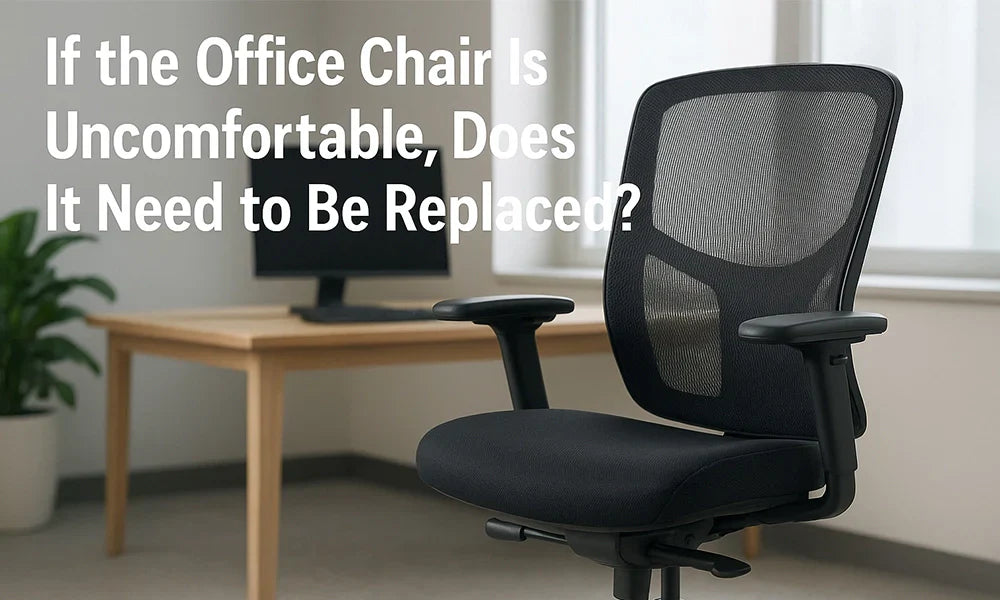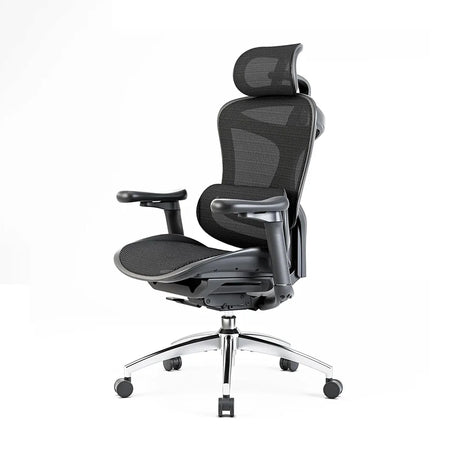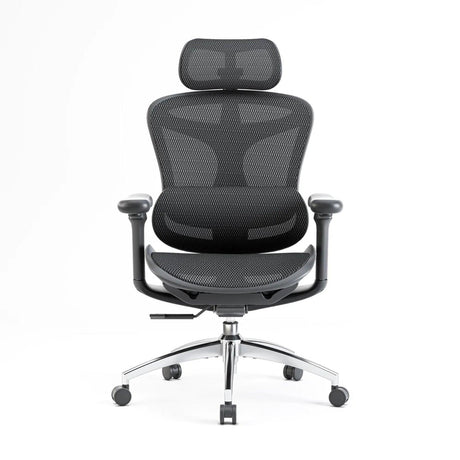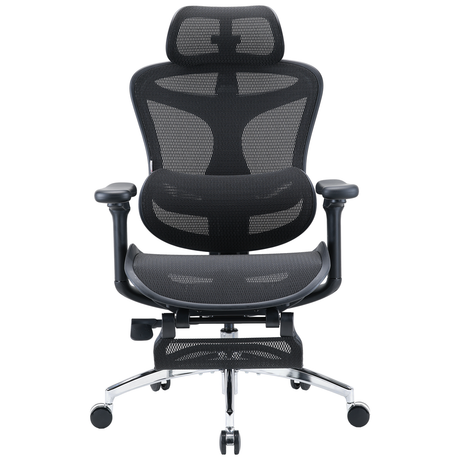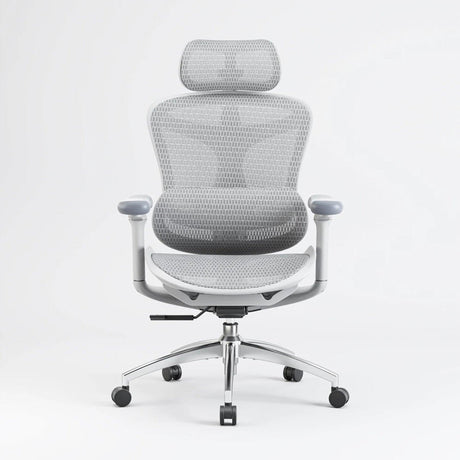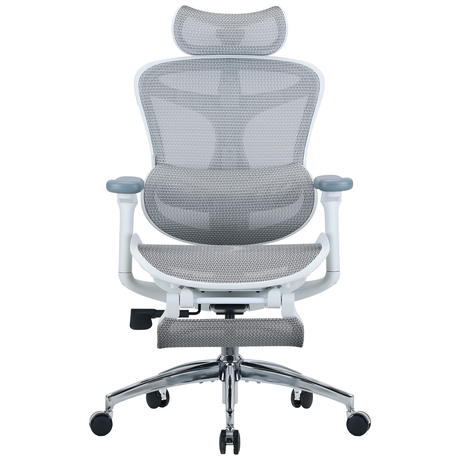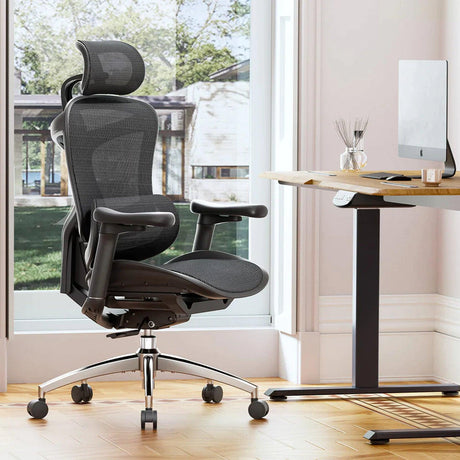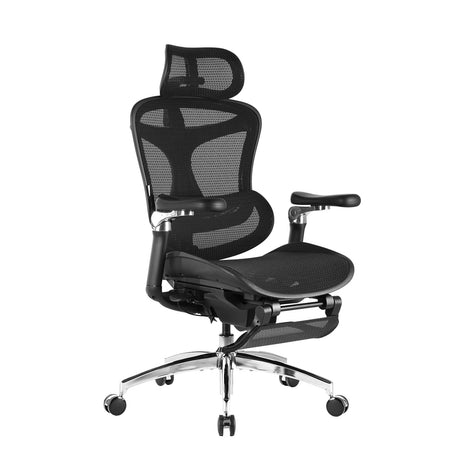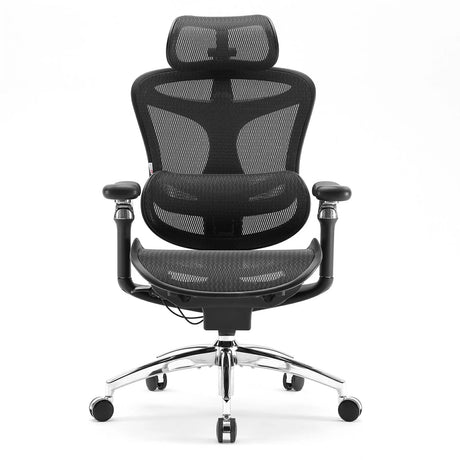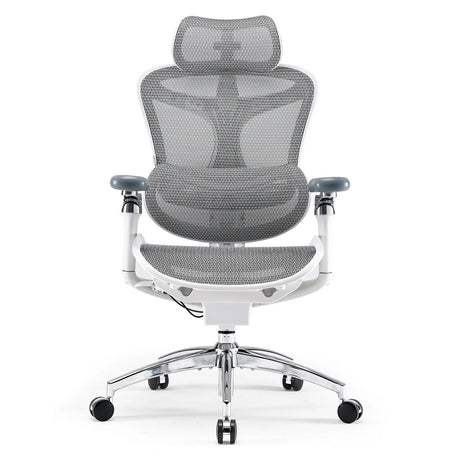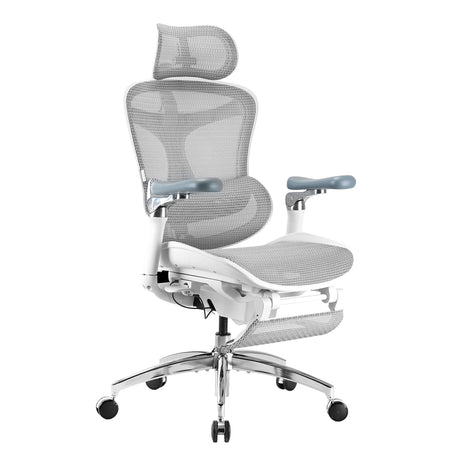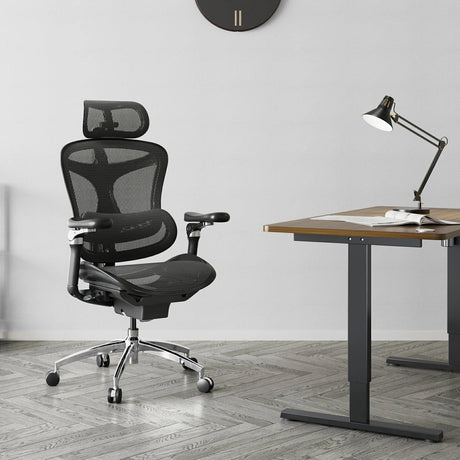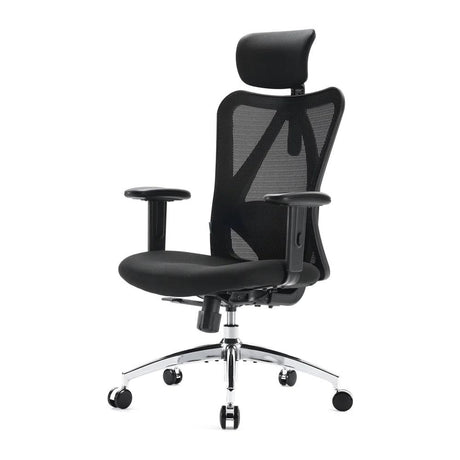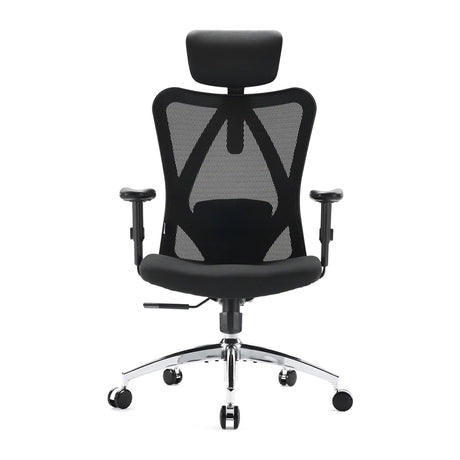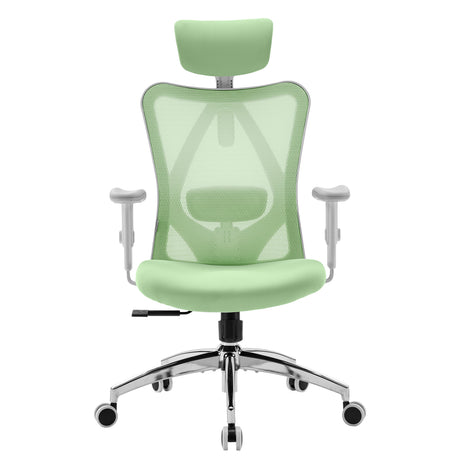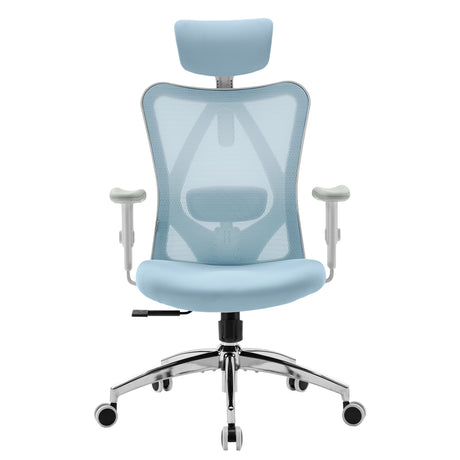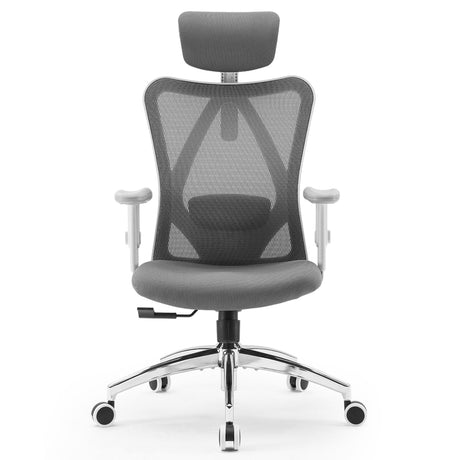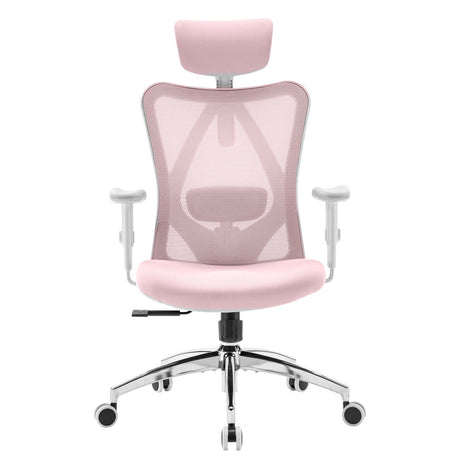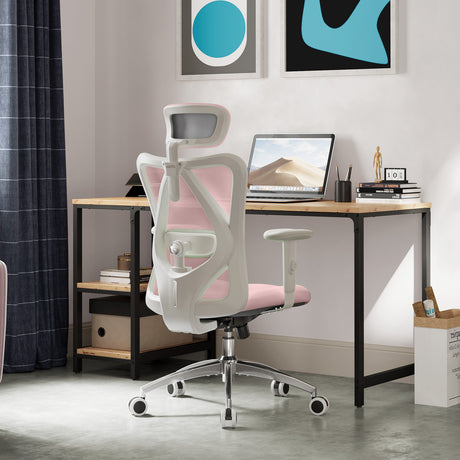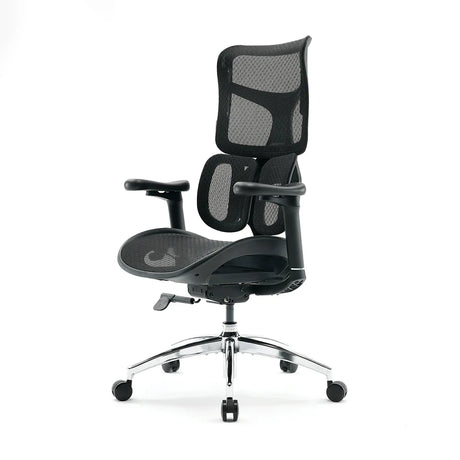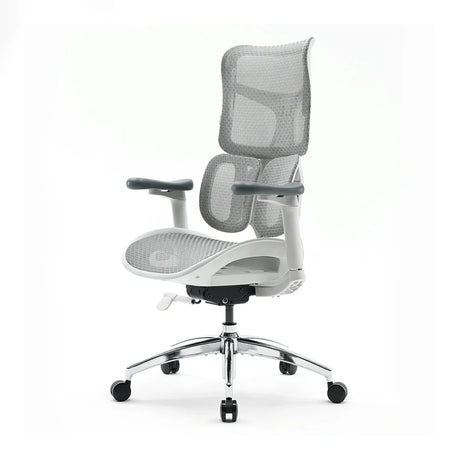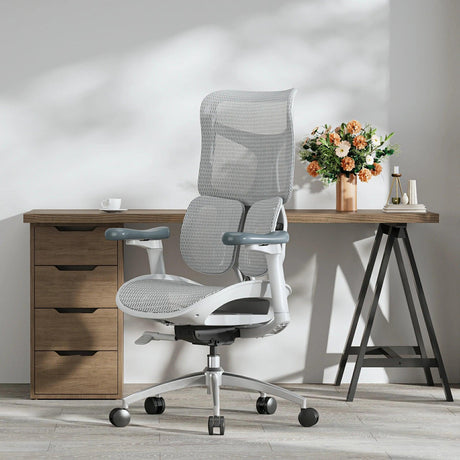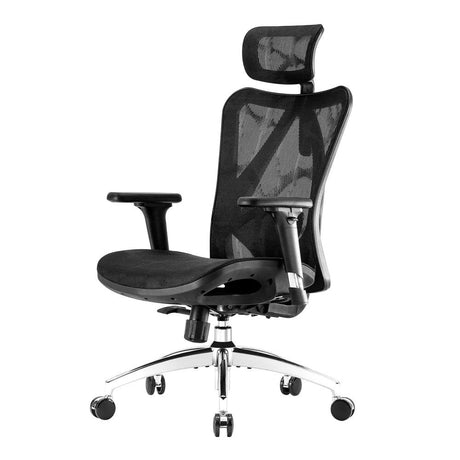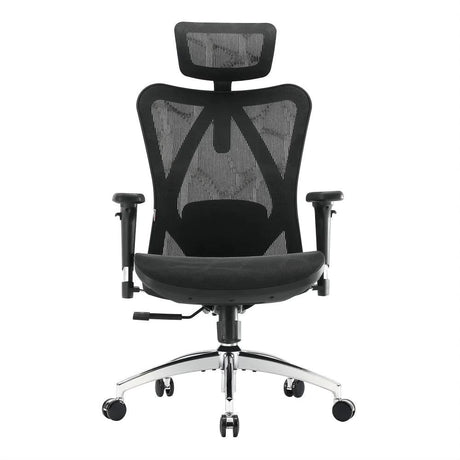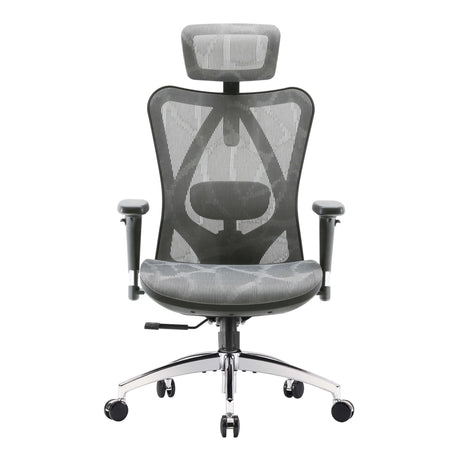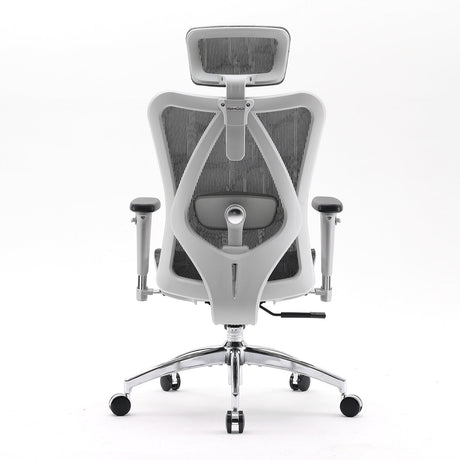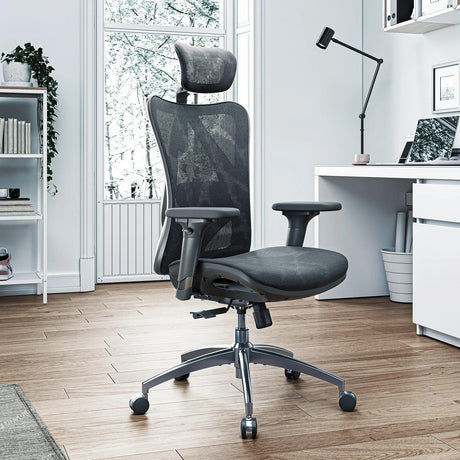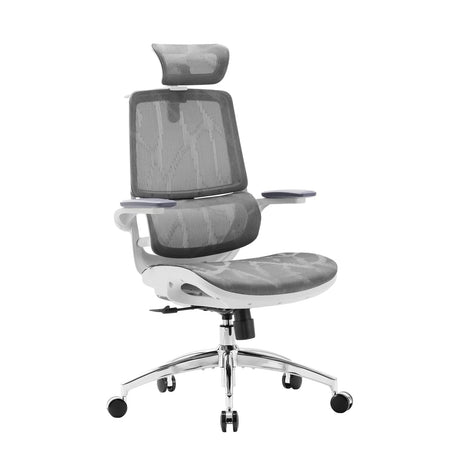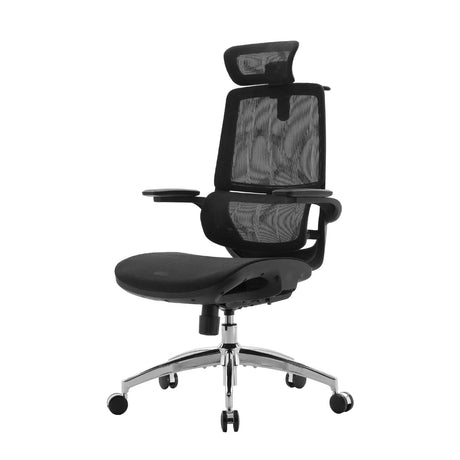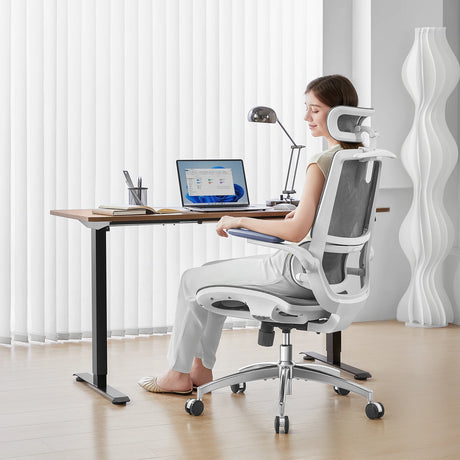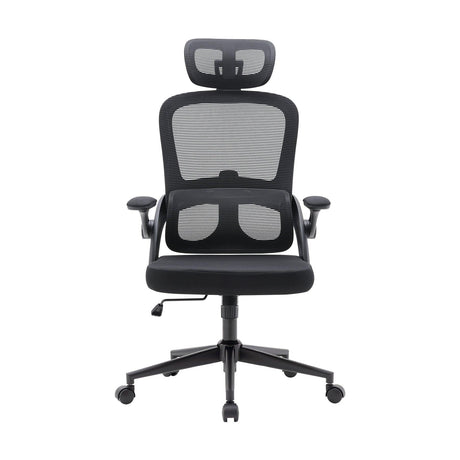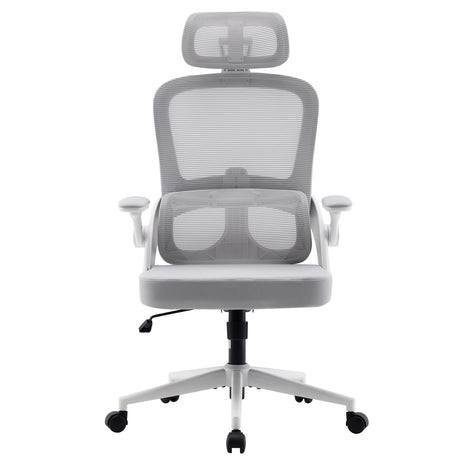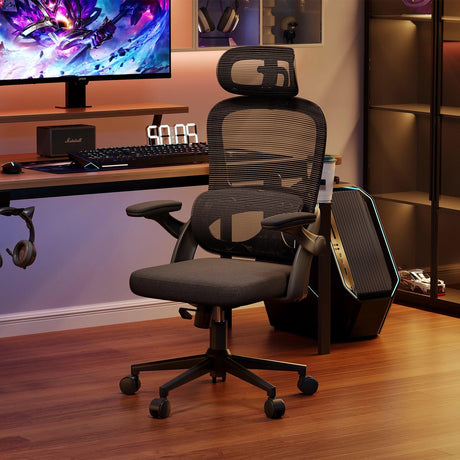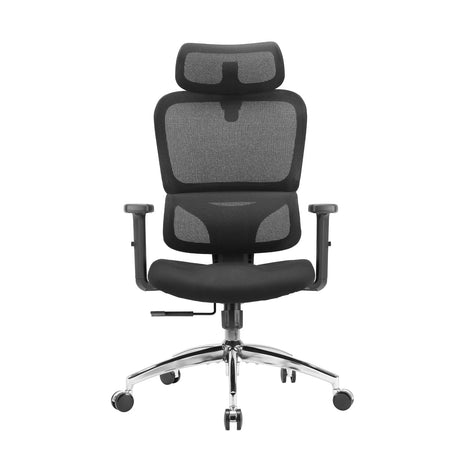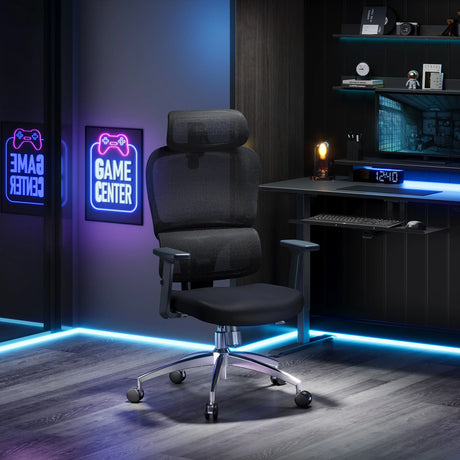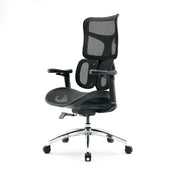A comfortable office chair is more than a convenience—it is a vital part of a productive and healthy work environment. Millions of professionals spend hours each day seated, and an ill-fitting or worn-out chair can contribute to back pain, poor posture, and long-term musculoskeletal issues. If you constantly feel discomfort while sitting, it’s time to consider whether an office chair replacement is necessary.
In this guide, we explore the signs of discomfort, temporary solutions versus replacement, and how to select the best ergonomic office chair for long-term health and productivity.
Understanding Office Chair Discomfort
Discomfort from an office chair can be subtle at first, but prolonged exposure can lead to serious health issues. Common complaints include:
- Lower back pain or lumbar strain
- Neck and shoulder stiffness
- Tingling or numbness in the legs
- Pressure points on the thighs or hips
- Fatigue and reduced focus
These signs indicate that the chair may not provide adequate support or ergonomic alignment, affecting both comfort and efficiency.
Common Causes of Office Chair Discomfort
-
Worn-Out Cushioning
Over time, seat cushions compress and lose their ability to evenly distribute weight. This creates pressure points and can cause pain during extended sitting. -
Insufficient Lumbar Support
A lack of adjustable lumbar support or weakened mechanisms can force your spine into unnatural positions, increasing lower back stress. -
Improper Chair Size
Chairs that are too high, too low, or too narrow can strain muscles and joints. A proper ergonomic office chair accommodates different body types and allows correct posture. -
Limited Adjustability
Modern ergonomic chairs offer multiple adjustments, including seat height, armrest position, backrest tilt, and seat depth. Limited adjustability can compromise posture. -
Material Degradation
Mesh, leather, or fabric can wear down over time, reducing breathability and comfort while creating uneven seating surfaces.
Signs It’s Time for Office Chair Replacement
Even minor discomfort can sometimes be fixed, but persistent or worsening issues often indicate that a replacement is necessary. Key signs include:
- Persistent Pain: Discomfort continues despite posture adjustments or minor fixes.
- Visible Wear: Cracked or sagging cushions, torn upholstery, or bent frames compromise support.
- Broken Mechanisms: Malfunctioning tilt, recline, or height adjustments prevent ergonomic positioning.
- Lack of Support: The chair fails to provide lumbar or full-body support, even when fully adjusted.
- Age: High-quality chairs typically last 7–10 years; beyond this, comfort and durability diminish.
Temporary Fixes vs. Replacement
Temporary Fixes
If your discomfort is minor, these temporary solutions can help:
- Seat Cushions: Memory foam or gel pads can improve comfort on worn seats.
- Lumbar Pillows: Portable lumbar support enhances lower-back comfort for chairs lacking adjustability.
- Posture Adjustments: Ensure feet are flat on the floor, knees at a 90-degree angle, and arms supported by armrests.
- Micro-Breaks: Stand or stretch briefly every 30–60 minutes to reduce strain.
When Replacement Is Necessary
If discomfort persists, a full office chair replacement is often the best solution. Modern ergonomic chairs are designed to provide proper lumbar support, encourage healthy posture, and maintain comfort during long work hours. Continuing to use an uncomfortable or broken chair can lead to chronic pain and reduced productivity.
How to Choose the Best Ergonomic Office Chair
Selecting the right chair is critical for comfort, health, and productivity. Here’s what to look for:
-
Adjustable Ergonomic Features
Ensure the chair has adjustable lumbar support, seat height, tilt tension, and armrest positioning. Features like waterfall seat edges reduce pressure on thighs. -
High-Quality Materials
Durable mesh, premium leather, or high-density foam improves comfort and longevity. Breathable materials help prevent heat and sweating. -
Customizable Adjustability
4D or 6D armrests, seat depth adjustment, and reclining backrests allow a personalized fit for different body types. -
Supportive Construction
Contoured backrests, dynamic lumbar support, and padded seats protect the spine and reduce fatigue. -
Proper Size and Weight Capacity
Ensure the chair accommodates your body type; a chair that is too small or large compromises ergonomics. -
Brand Reputation and Warranty
Investing in a reputable brand with a solid warranty ensures durability and peace of mind.
Benefits of Replacing an Uncomfortable Chair
Upgrading to a comfortable and ergonomic office chair offers multiple advantages:
- Improved Posture and Comfort: Proper support reduces strain on muscles and joints.
- Enhanced Productivity: Comfort allows better focus and less distraction from pain.
- Lower Risk of Chronic Pain: Ergonomic support minimizes long-term musculoskeletal problems.
- Long-Term Savings: Investing in a quality chair reduces future medical expenses and potential downtime.
FAQ: Office Chair Replacement and Comfort
1. How long should an office chair last?
A quality ergonomic office chair typically lasts 7–10 years. Regular maintenance can extend its lifespan, but wear naturally reduces comfort over time.
2. Can a new chair be uncomfortable?
Yes. Even a new chair may not suit your body type or posture needs. Proper adjustment and trial periods are essential.
3. Is it better to repair or replace a chair?
Minor issues like flattened cushions or broken casters can be repaired. Structural damage, broken mechanisms, or persistent discomfort usually require replacement.
4. What features are most important for comfort?
Adjustable lumbar support, seat depth, armrests, high-quality padding, and breathable materials are essential for long-term comfort.
5. Will an ergonomic chair prevent all back pain?
No chair can eliminate pain entirely, but an ergonomic office chair reduces risk factors, promotes healthy posture, and prevents strain when combined with movement and exercise.
Conclusion
An uncomfortable office chair is more than a minor inconvenience—it can impact your health, work efficiency, and long-term well-being. While temporary fixes such as cushions, lumbar pillows, and posture adjustments can provide relief, persistent discomfort or structural issues often indicate that a replacement is the best solution.
Investing in a high-quality ergonomic office chair ensures proper spinal alignment, adjustable comfort, and a reduced risk of musculoskeletal disorders. Remember, a chair is not just a piece of furniture—it is a tool that supports your body, enhances focus, and safeguards your health.
By choosing the right comfortable chair for work, you protect your health, improve productivity, and make hours at your desk far more sustainable.
